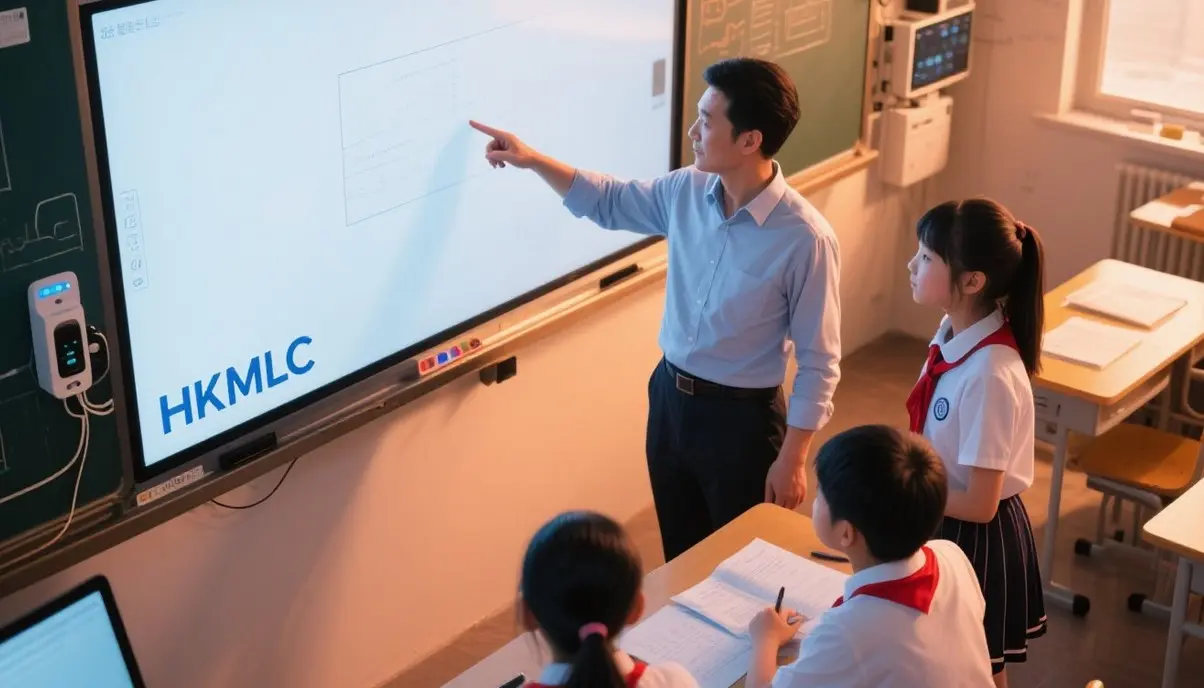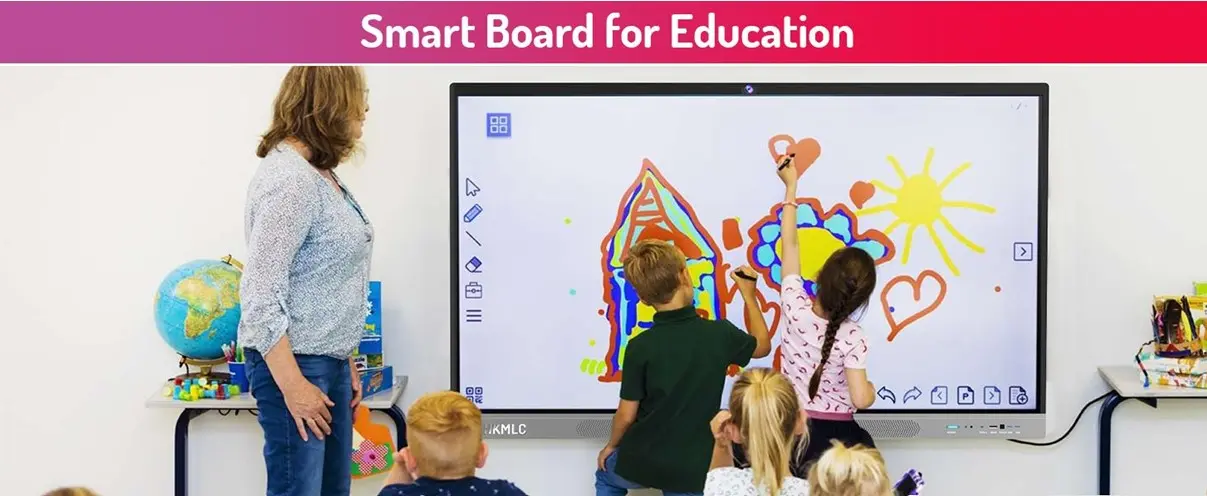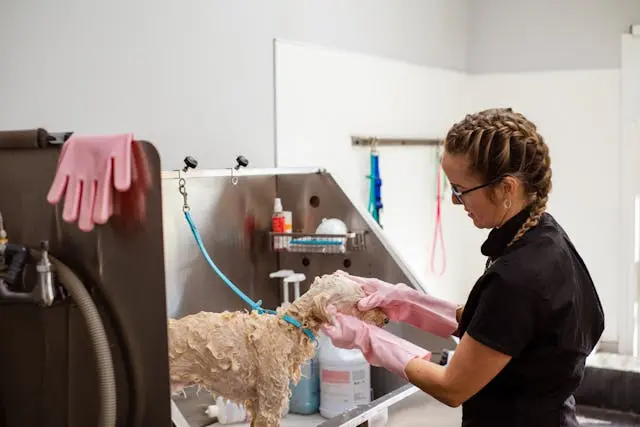Why Whiteboards Are Replacing Blackboards in Modern Education
Have you ever stopped to consider why blackboards are still found in classrooms despite the rise of digital tools? In an age of interactive displays and advanced technology, it might seem surprising that blackboards remain in use. But while these traditional chalkboards are still around, modern classrooms are rapidly embracing innovative tools that provide more interactive, dynamic, and efficient ways of teaching.
A Modern Alternative: The Rise of Whiteboards and Smart Solutions
Smart Whiteboards offer a range of features that blackboards simply can’t compete with. With interactive capabilities, cloud integration, and real-time collaboration features, they are transforming education. As more schools invest in modern technologies, whiteboards are becoming the preferred tool for teachers who want to engage students in new, exciting ways. The advanced functionality of smart whiteboards makes them a natural fit for the modern classroom, offering improved learning experiences and reducing the limitations of traditional blackboards.
The Advantages of Whiteboards Over Blackboards
- Enhanced Student Engagement:
One of the strongest arguments for switching to whiteboards is the boost in student engagement. While blackboards are often static and one-dimensional, whiteboards provide opportunities for real-time interaction. Teachers can use them to display multimedia content, conduct interactive quizzes, or even share notes from the cloud in real-time, making lessons more dynamic and engaging. - Collaboration and Interactivity:
Whiteboards, especially smart models like the HKMLC Smart Whiteboard, enhance collaboration. Students can write, draw, and contribute to discussions directly on the board, facilitating an interactive learning environment. These boards support multiple users, which is especially beneficial in group projects and class discussions. - Seamless Integration with Digital Tools:
Modern whiteboards integrate effortlessly with digital platforms like Google Classroom, PowerPoint, and educational apps, making lesson planning and delivery more efficient. This integration helps streamline workflows for teachers and enhances the learning experience for students, particularly in hybrid or remote learning scenarios. - Environmental Benefits:
Smart whiteboards are a friendly alternative to blackboards. While chalk dust can cause respiratory issues for some, and the dust itself can contribute to classroom mess, whiteboards eliminate this problem. Moreover, with the HKMLC Smart Whiteboard, the need for disposable markers is reduced, as the system can be cloud-based, eliminating the need for constant physical supplies. - Cost-Effectiveness Over Time:
While the initial cost of a smart whiteboard may be higher than a blackboard, the long-term benefits often outweigh the upfront investment. Whiteboards are durable and less prone to wear and tear, unlike blackboards, which require frequent cleaning and can easily stain. Furthermore, their multi-functional capabilities, such as integrating with lesson plans, media, and collaboration tools, can actually save on other educational resources over time.
With severe asthma, it’s often seen as a lesser evil compared to the chemical-laden fumes of dry-erase markers.

Challenges and Considerations for Implementing Whiteboards
Despite their numerous benefits, smart whiteboards like the HKMLC model do come with some challenges. The initial cost of installation and the need for regular software updates or maintenance can be a barrier for some schools. Additionally, the learning curve for teachers who are used to traditional methods can make the transition a bit daunting. However, with proper training and support, these obstacles can be overcome, and the long-term advantages of whiteboards will become evident.
The Future of Whiteboards in Education
The future of education is undoubtedly digital, and whiteboards are leading the charge. With the continuous development of smart whiteboard technologies, such as enhanced AI integration, cloud-based storage, and automatic content updates, the classroom of tomorrow will be even more interactive, personalized, and efficient. As schools invest more in these advanced tools, the transition from blackboards to whiteboards will continue to evolve, making lessons more engaging and improving the overall learning experience.

Final Words: The Case for Whiteboards
While blackboards have served their purpose for centuries, the time has come for a shift in educational tools. Whiteboards, especially the advanced, interactive models like the HKMLC Smart Whiteboard, offer a more efficient, engaging, and eco-friendly way of teaching. They provide a dynamic and collaborative environment for students, integrate seamlessly with digital learning platforms, and, over time, can prove to be a cost-effective solution. As education continues to evolve, whiteboards are becoming an essential part of the modern classroom, and they are here to stay.
Also Read-Recreational Ponds: Your Complete Guide to Backyard Leisure and Natural Beauty






